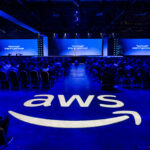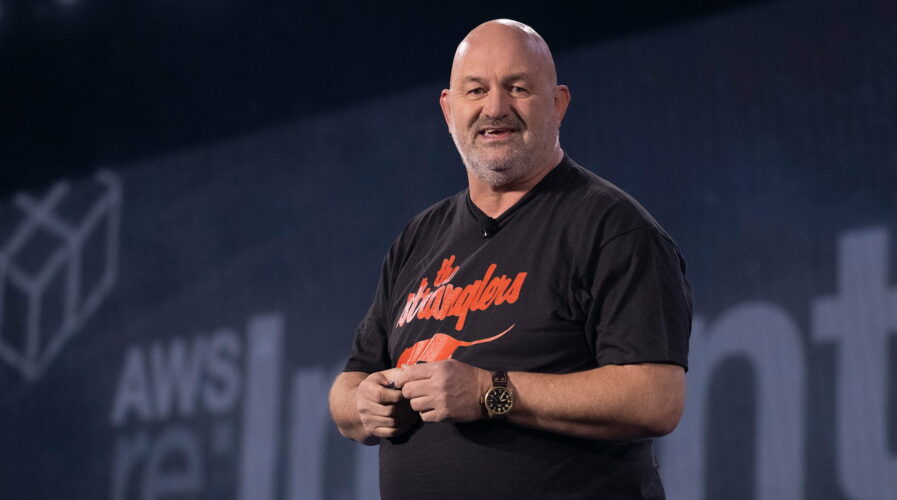
Amazon: For 2023, here are the five tech predictions propelled by cloud technologiesSource: AWS
Amazon: for 2023, here are the five tech predictions propelled by cloud technologies
- Amazon VP and CTO shared tech predictions for 2023 and beyond, and they are mostly propelled by the cloud.
- Vogels shows us how the powerful blend of increased access to data from connected devices, combined with cloud technologies, like computer vision, machine learning, and simulation, can take us.
- The prediction includes how cloud tech will redefine sports, the surge in innovation within the smart energy space as well as supply chain transformation among others.
It is the final month of 2022 and as the turn of the year approaches, so does the annual ritual of identifying tech trends — and Amazon has shared its set of forecasts. While it remains difficult to predict how technology trends will play out, tracking the development of new technologies helps anticipate how companies and consumers might use them, thus allowing an understanding of the factors that affect innovation and adoption.
“The real world around us is enormously complex,” vice president and chief technology officer at Amazon, Werner Vogels, said in his keynote address at AWS reInvent 2022 held last week. “We should make progress in all circumstances, no matter what happens in our world,” he added. Vogels also emphasized that “evolvability is extremely important when you think about your systems. It evolves or dies.”
Vogels is correct, and it is especially accurate for those within the tech sector. Failure to evolve would only lead to a slow and definite death of not only an idea, but even an organization. Having to live through uncertain times over the last three years, we are now even more aware that the primary goal of forecasting is to identify the full range of possibilities, not a limited set of illusory certainties.
“Today, we have more access to data from wearables, medical devices, environmental sensors, video capture, and other connected devices than we have had at any point in the past. When combined with cloud technologies, like computer vision, machine learning, and simulation, we are starting to get a glimpse of where that powerful blend of information and application can take us,” Vogels said in a blog posting that was published concurrently during his keynote at the reInvent.
The Amazon CTO has gathered five tech trends that could well take center stage in the next 12 months or so. “As access to advanced technology becomes even more ubiquitous—as every facet of life becomes data that we can analyze—we will start to see a torrent of innovation, and this will proliferate in 2023,” he added.
Let’s take a look at the tech trends that Vogels and Amazon in general are banking on for 2023.
Redefining sports with cloud technologies
To put it simply, like music and video, sports will become data streams that we can analyze, Vogels noted. Essentially, those insights will unlock in the coming years and will “transform the entire sports industry and redefine what it means to play—and experience—every game.” Amazon essentially believes that the sports world is currently on the verge of the biggest revolution it has ever seen, and cloud tech is at the center of this change.
Vogels stated companies like Veo as an example. Veo is leading this charge, he said, making use of cloud technologies like machine learning, computer vision, and stream processing, to narrow the digital divide between amateur and professional athletes. “Not only has Veo created a broadcast-like experience for viewers of amateur sports, but it has built a deep neural network that allows it to automatically create highlights from video streams. As technologies like Veo become more widely used across all levels of all sports, imagine what comes next,” he added.
SimSpace Weaver by Amazon and other tech alike will make simulated worlds more accessible
Technologies like spatial computing, simulation, and digital twins have been slowly maturing for years, but as Vogels puts it, everyday impact has been limited. “This is quickly changing, and in 2023, the cloud will make these technologies more accessible, in turn enabling a new class of use cases that will be unbound by physical constraints,” he noted.
While the problems that simulations can solve are significant, the difficulty of building and running simulations is a barrier for everyday use cases. Companies are constrained by the need for high-powered hardware and a specialized workforce. However, Vogels shared that it is quickly changing with technologies like the recently launched AWS SimSpace Weaver.
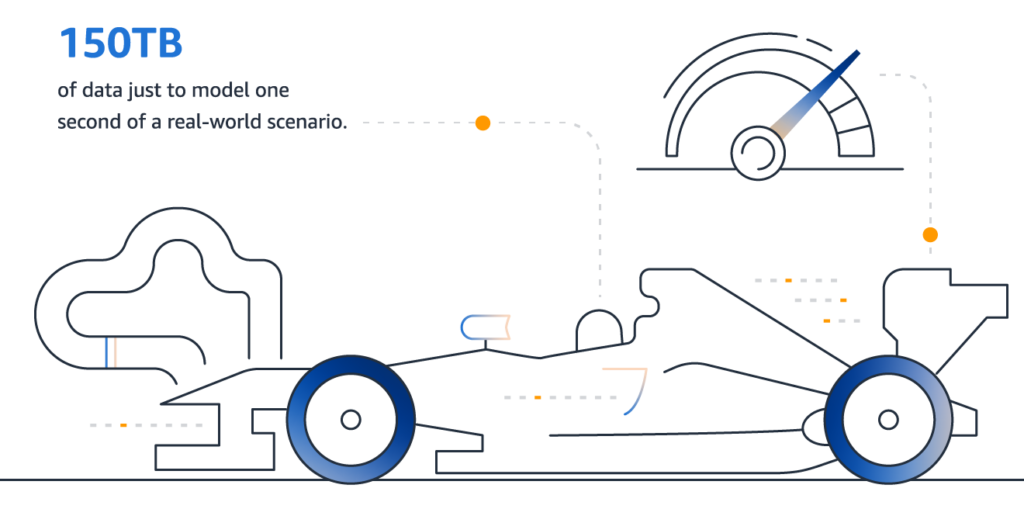
Simulations are used to build better race cars, predict weather, and model the stock market.
Source: Amazon
“Another area where I’m seeing a rapid uptick in innovation is spatial computing. Companies are already building specialized hardware and using cloud technologies to capture and create 3D models of nearly any environment. Doing this with just a mobile device will soon be a reality,” he added. Such democratization, the Amazon tech chief said, will inspire a new wave of innovations in the architecture, construction, commercial real estate, and retail industries.
The rise in smart energy innovations
In short, the tech chief of Amazon predicts that in 2023, there will be rapid development on a global scale that improves the way we produce, store, and consume energy. Energy-storing surface materials, decentralized grids and smart consumption technologies are among the maturing technologies that are beginning to converge to address issues like rising costs and reliable access to energy, he added.
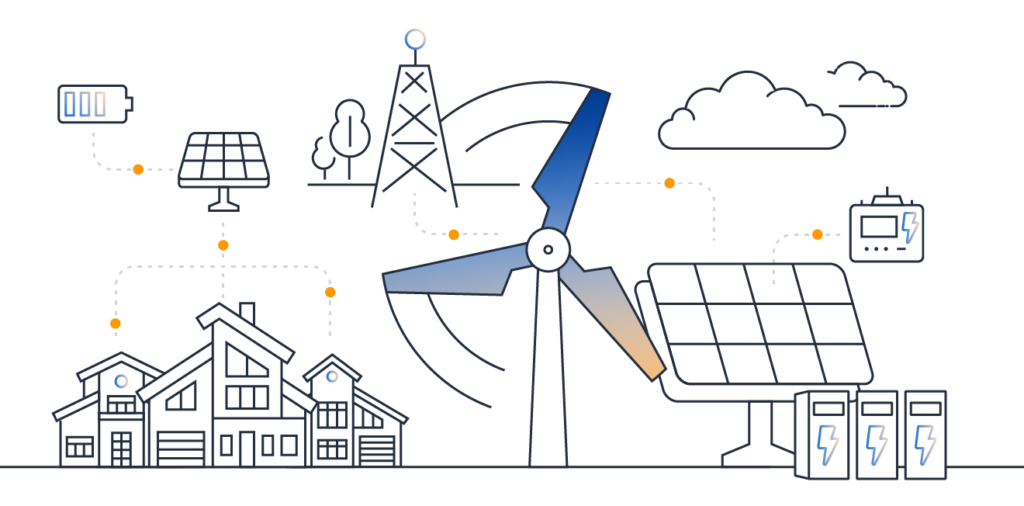
The environment around us produces more than enough renewable energy. The challenge is actually with storage and on-demand delivery to the systems that need to consume that energy.
Source: Amazon
“The cloud is enabling materials research science for novel use cases, such as integrating energy storage into the structure of the objects they aim to power. We are also starting to see breakthroughs in long-duration storage, like molten salt, stacked blocks, and fuel cells,” Vogels shared. Another area he sees rising to prominence is the decentralization of energy and IoT-based smart consumption devices that will really start to take off across the globe in the coming year.
Additionally, in the next few years, Vogels said we will see a rapid convergence of all types of smart energy technologies, “as we have finally met the threshold where our technology solutions can address our crisis,” he suggested.
Supply chain transformation
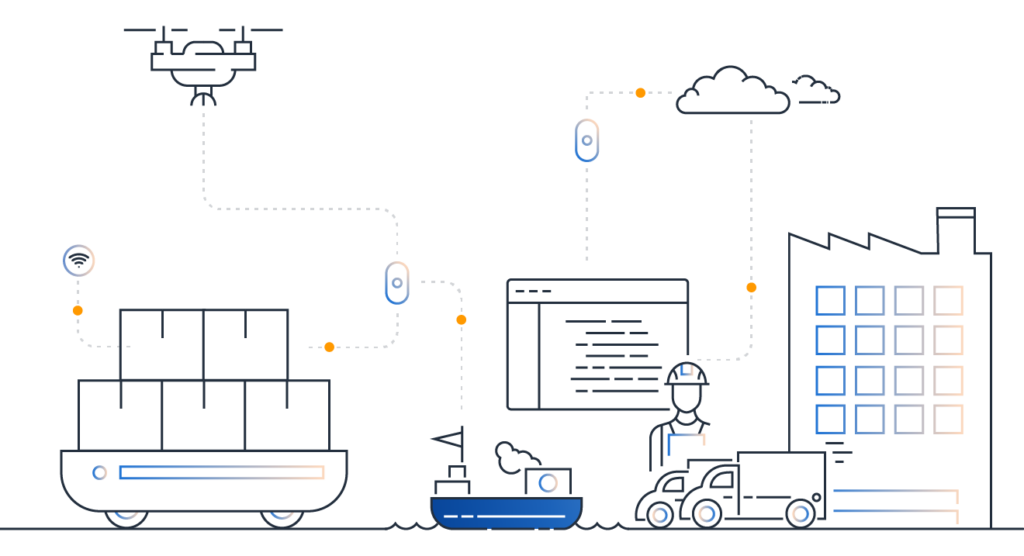
The key to transforming the supply chain is to use technology to optimize each step along a product’s journey.
Source: Amazon
What may propel the supply chain forward next year, based on Vogels prediction, is the adoption of technologies, such as computer vision and deep learning. “Driverless fleets, autonomous warehouse management, and simulation are just a few of the optimizations that will lead to a new era in smart logistics and global supply chain,” he added.
Basically, the key to transforming the supply chain is to use technology to optimize each step along a product’s journey. “Starting next year, we will see an acceleration in the development of smart factories, smart equipment, and smart shipping that does just that. Each will play a role in improving worker safety, optimizing inventory management, reducing maintenance costs, and streamlining production processes. The supply chain of the future is digital,” he emphasized.
It’s the year of custom silicon/chips
It has been happening over this last year, and now Amazon tech chief foresees usage of purpose-built chips to rapidly increase in 2023. As a result, the pace of innovation will accelerate as workloads take advantage of hardware optimizations that maximize performance, while lowering energy consumption and reducing cost.
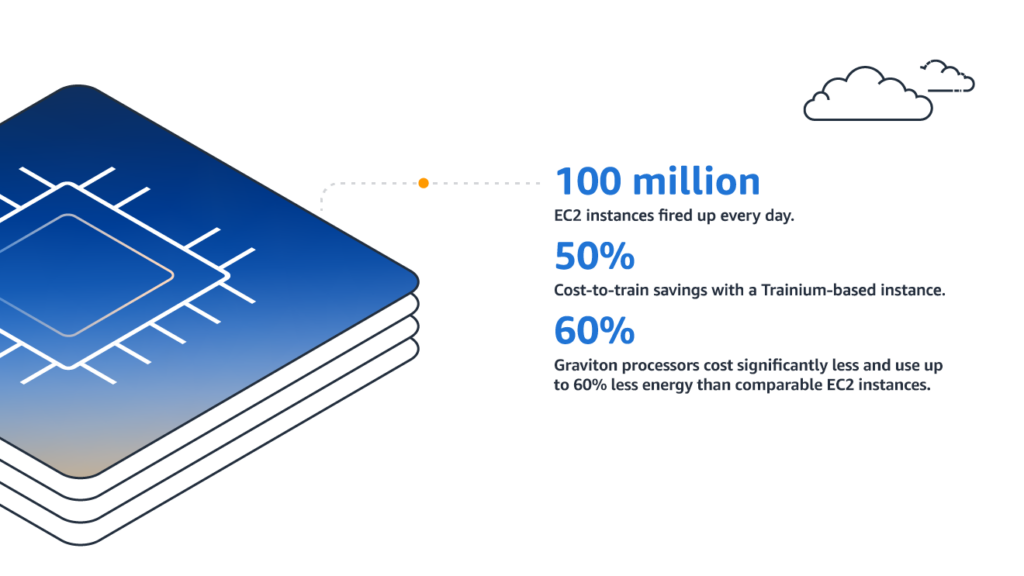
At AWS, there are an average of 100 million EC2 instances fired up every day.
Source: Amazon
Especially within the consumer technology industry, custom silicon and specialized hardware have been quickly gaining traction. While adoption has been quick in the consumer space, the same hasn’t been true for business applications and systems, where software and hardware traditionally have longer refresh cycles. However, Vogels said this will quickly change in the coming years as the accessibility and adoption of custom silicon takes hold.
Fundamentally, cost savings and performance benefits will lead to more experimentation, more innovation, more adoption, and eventually, more custom silicon for other specific workloads. It’s another virtuous cycle and in the coming year, people who are really serious about software will really begin to take advantage of all that custom silicon has to offer, Vogels concluded.
READ MORE
- 3 Steps to Successfully Automate Copilot for Microsoft 365 Implementation
- Trustworthy AI – the Promise of Enterprise-Friendly Generative Machine Learning with Dell and NVIDIA
- Strategies for Democratizing GenAI
- The criticality of endpoint management in cybersecurity and operations
- Ethical AI: The renewed importance of safeguarding data and customer privacy in Generative AI applications


